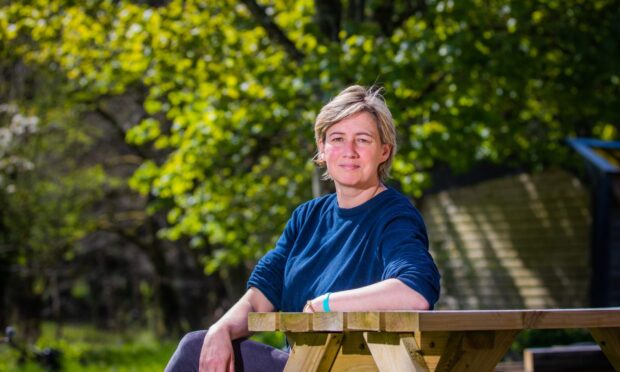The leader of Britain’s vets has called for human and animal organisations to work together to deal with the threat of antimicrobial resistant superbugs.
British Veterinary Association president Sean Wensley told Scottish farming leaders and vets who attended an industry dinner in Holyrood that antimicrobial resistance (AMR) posed the greatest global challenge to both animal and human health.
“I’m sure you’ve all seen the news stories since the final report of Lord O’Neill’s global AMR review, warning of antibiotic resistant ‘superbugs’ that could cause millions more human deaths a year,” he said.
Mr Wensley said that proactive work was taking place within the veterinary profession to promote the responsible use of antimicrobials and other veterinary medicines. This included the introduction of online medicines books to record usage in many sectors and the development of innovations, such as the use of wrasse as a biological and chemical-free solution to the scourge of sea lice.
He added: “To tackle AMR it is imperative that human and animal organisations work together at national, community and individual levels. At national level, initiatives like the Scottish Management of Antimicrobial Resistance Action Plan – building on the work of the ‘Controlling Antimicrobial Resistance in Scotland’ (CARS) programme – is doing exactly that, in line with the UK AMR Strategy.”
Mr Wensley also appealed to Government to develop control measures for Johne’s disease and Infectious Bovine Rhinotracheitis (IBR) following the decision to make Porcine Epidemic Diarrhoea (PED) a notifiable disease and an eradication scheme for BVD
In a wide-ranging speech Mr Wensley also emphasised the continued need for disease surveillance.
“In recent years the detection of Schmallenberg virus and the identification of bleeding calf syndrome are stark reminders that we reduce our surveillance capacity at our peril. Which is why, in May, we welcomed the Scottish Rural College’s announcement that a post-mortem laboratory will be retained at Inverness and that there will be significant investment in the Ayr Nellies Gate facility,” he said.
“A robust disease surveillance system and practical access to an effective diagnostic system are fundamental to identifying and responding to emerging and exotic disease threats in Scotland. This is a two-way street and we strongly encourage vets and farmers to make use of these life-changing resources to avoid a stay of execution.”
Mr Wensley also urged the Scottish Government to retain the ban on the tail docking of dogs.
He said: “Having carefully considered all of the evidence, BVA remains convinced that anything but a retention of a ban on tail docking across all breeds would be a retrograde step for animal welfare in Scotland.”










